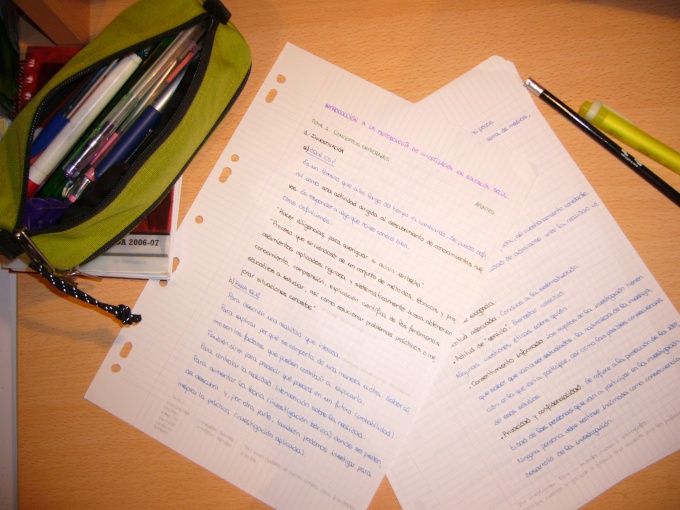Instruction
1
Define the measurable end goal and interim objectives. This is necessary, otherwise the self will seem somewhat vague, uncertain. Take the example of students in a certain specialty. Their ultimate measurable goal is the diploma, and intermediate targets - hours worked on the practice assessment. You also need something to measure the final objective and all intermediate results.
2
Set a date to achieve the goal. Do this also for sub-goals. Of course, self-education should not stop life. Consider this step as an opportunity to climb one of the mountains of self-education. Such heights in life be many, but now you have to conquer something specific, not drawing out this process indefinitely.
3
Make a calendar plan of classes. This plan is not yet tied to the amount of the studied material. You just scheduled, how much time have every day dedicated to self-learning. Shall describe the entire period scheduled for the 2nd step, day by day. Forplaniroute holidays if necessary. So you will be able to determine the total number of teaching hours, given the nuances of everyday life.
4
Write a list of different ways to achieve the goal. If you have 5 books on the same material, you have 5 ways of movement. Each way will have a different amount of educational material, although they lead to the same goal. It is therefore necessary to consider all the alternatives for the self-study.
5
Put each of the ways to achieve the goal for the calendar plan. Do you know the number of paragraphs to read. You can watch each tutorial, the number of problems proposed for solution. Shall describe in detail, daily, every way to achieve the goal. You need to see what the volume of material to master in each variant of self-training. This will allow to soberly assess all methods, comparing them with each other.
6
Show ready plans experienced people. They will tell you what points you missed.
7
Select the best plan, taking into account the received advice.
Note
Use a separate diary. It shall describe the entire curriculum. And no more Affairs there's not lead. When will the implementation of the plan, put a plus sign. This will help to overcome difficult times when the workload will seem unbearable.
Useful advice
Save all plans. The availability of alternative options may be useful if you see that you overestimated their strength and something needs to be revised.

